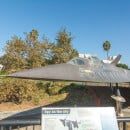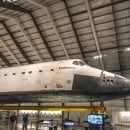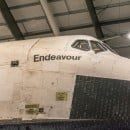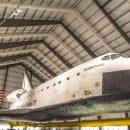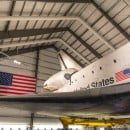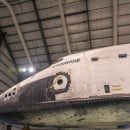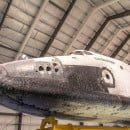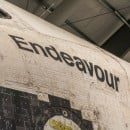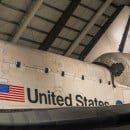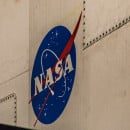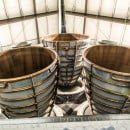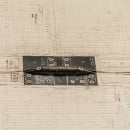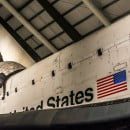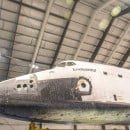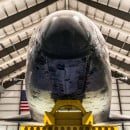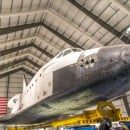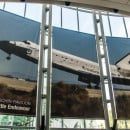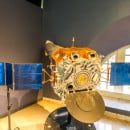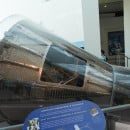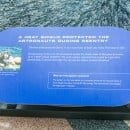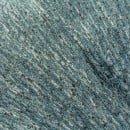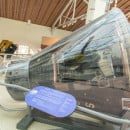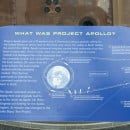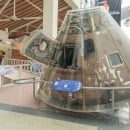Space Shuttle Endeavour (Orbiter Vehicle Designation: OV-105) is a retired orbiter from NASA’s Space Shuttle program[1] and the fifth and final operational shuttle built. It embarked on its first mission, STS-49, in May 1992 and its 25th and final mission, STS-134, in May 2011. STS-134 was expected to be the final mission of the Space Shuttle program, but with the authorization of STS-135, Atlantis became the last shuttle to fly.
The orbiter is named after the British HMS Endeavour, the ship which took Captain James Cook on his first voyage of discovery (1768–1771). This is why the name is spelled in the British English manner, rather than the American English (“Endeavor”). This has caused confusion, including when NASA itself misspelled a sign on the launch pad in 2007. The name also honored Endeavour, the Command Module of Apollo 15, which was also named after Cook’s ship. [SOURCE]
We found the decommissioned Endeavour at the California Science Center in Los Angeles. The center didn’t have the emotional overload that Atlantis has at Kennedy Space Center but it is amazing to see and you feel extremely close to the vehicle. And from the look of things – this is just temporary – they have amazing plans to have the shuttle, tank, and boosters upright in the future. This center was amazing and it had several awesome pieces including an A-12 Blackbird: Chandra X-ray Observatory Satellite (model), Mercury Capsule, Gemini Capsule, and an Apollo Capsule. Not a bad collection – definitely a good stop but get there as soon as the building opens. There are a lot of people eager to see this piece of space history and by the time we left the room was starting to get full.
More on Endeavour –
Built to replace space shuttle Challenger, Endeavour was the final orbiter to join the shuttle fleet. Many newer features were added to Endeavour during construction, such as updated steering mechanisms, upgraded plumbing and electrical connections to allow for longer missions, and a drag chute that reduced wear and tear on the shuttle’s brakes and tires. Many of the innovations that were developed for Endeavour were added later to the other shuttles in the fleet.
Endeavour first launched on May 7, 1992 for mission STS-49. The crew’s primary goal during that mission was to repair and release a communications satellite (INTELSAT VI) back into orbit. The capture of the satellite did not go as smoothly as planned, but the crew aboard was able to complete the mission through a series of four spacewalks—the most ever completed on a shuttle mission up to that time. One of the spacewalks was the longest ever recorded up to that time, and the second-longest ever—over eight hours! That first mission set a precedent for Endeavour, whose string of 25 missions was marked with ingenuity and success.
Another major mission for Endeavour was STS-61, the first service mission to the Hubble Space Telescope, which took place in December 1993. This mission was designed to correct a flaw in the Hubble’s main mirror. During the mission, several elements were installed to fix the Hubble’s “vision,” which the popular media described as giving the Hubble “contact lenses” or “glasses.” Without this technically challenging mission to fix the Hubble, we may have never seen some of the beautiful images from space that have made the Hubble famous.
Endeavour made several historic assembly missions to the International Space Station (ISS), including STS-88, in which the crew added the first U.S. component, the Unity Module, to the ISS. On STS-100, Endeavour delivered the Canadarm2 robotic arm and hand, and on STS-123, Endeavour added the first element of Japan’s Kibo module as well as an additional robotic arm, Dextre.
Endeavour’s final mission, in May 2011, delivered spare parts to the International Space Station, including parts for the Dextre arm it had installed many missions before. Endeavour leaves an amazing legacy in space—and shares part of that legacy with Los Angeles, California, and the world from right here at the California Science Center. [SOURCE]




